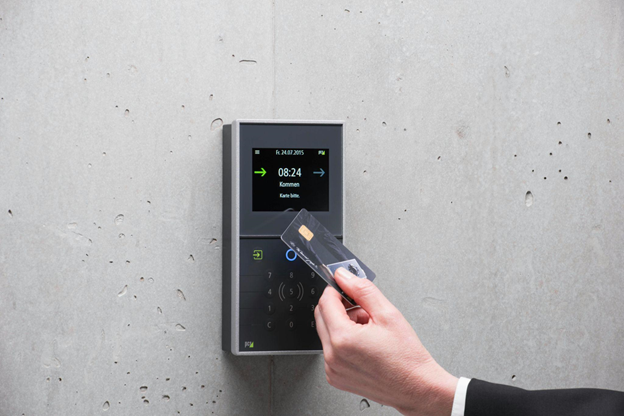In today’s world, security is paramount. One of the most effective ways to enhance security is by using an Electronic Access Control System. But what exactly is this system, and how does it work? This article delves into the details to help you understand the essentials.
What Is an Electronic Access Control System?
An Electronic Access Control System is a security solution that manages access to a building or specific areas within it. These systems use electronic devices, such as keycards, biometric readers, and PIN codes, to control entry and exit points. Unlike traditional locks, electronic systems offer greater flexibility and security.
Key Components of Electronic Access Control Systems
The primary components of an Electronic Access Control System include:
Credentials: These are the keys that allow access. They can be in the form of keycards, fobs, or biometric data.
Readers: Devices that read the credentials and communicate with the control panel.
Control Panel: The brain of the system, it decides whether to grant or deny access.
Locks: Electronic locks that are released when access is granted.
Each component plays a crucial role in ensuring that only authorized individuals gain access to secured areas.
How Electronic Access Control Systems Work
The working principle of an Electronic Access Control System is straightforward. When a person presents their credential to the reader, the reader sends this information to the control panel. The control panel then verifies the credential against its database. If the credential is valid, the control panel signals the lock to open, granting access. This entire process happens within seconds, providing both security and convenience.
Benefits of Using Electronic Access Control Systems
Electronic Access Systems offer several advantages over traditional locks. Firstly, they provide a higher level of security. Unauthorized access can be easily detected and managed. Secondly, they are more convenient; for instance, lost or stolen keycards can be deactivated instantly, unlike traditional keys that would require a door lock repair. Additionally, these systems can be integrated with other security solutions, such as surveillance cameras, for enhanced protection.
Applications of Electronic Access Control Systems
These systems are widely used in various settings:
Commercial Buildings: To control access to offices and sensitive areas.
Residential Complexes: For secure entry into buildings and individual apartments.
Industrial Facilities: To restrict access to hazardous areas.
Educational Institutions: To secure entry to classrooms and laboratories.
Each application leverages the system’s ability to provide controlled access and detailed logs of entry and exit events.
Future Trends in Electronic Access Control
The future of Electronic Access Control Systems looks promising, with advancements in technology paving the way for more sophisticated solutions. Integration with IoT devices, use of artificial intelligence for threat detection, and the implementation of blockchain for secure credential management are some of the trends to watch. These innovations will make Electronic Access Systems even more robust and secure.
Conclusion
Understanding what an Electronic Access Control System is and how it works is crucial for anyone looking to enhance their security infrastructure. These systems offer unparalleled security, flexibility, and convenience. Whether you need to secure a small office or a large industrial facility, implementing an Electronic Access Control System is a smart choice. For those who might need assistance with existing traditional locks, considering professional door lock repair services is also advisable to maintain overall security.


